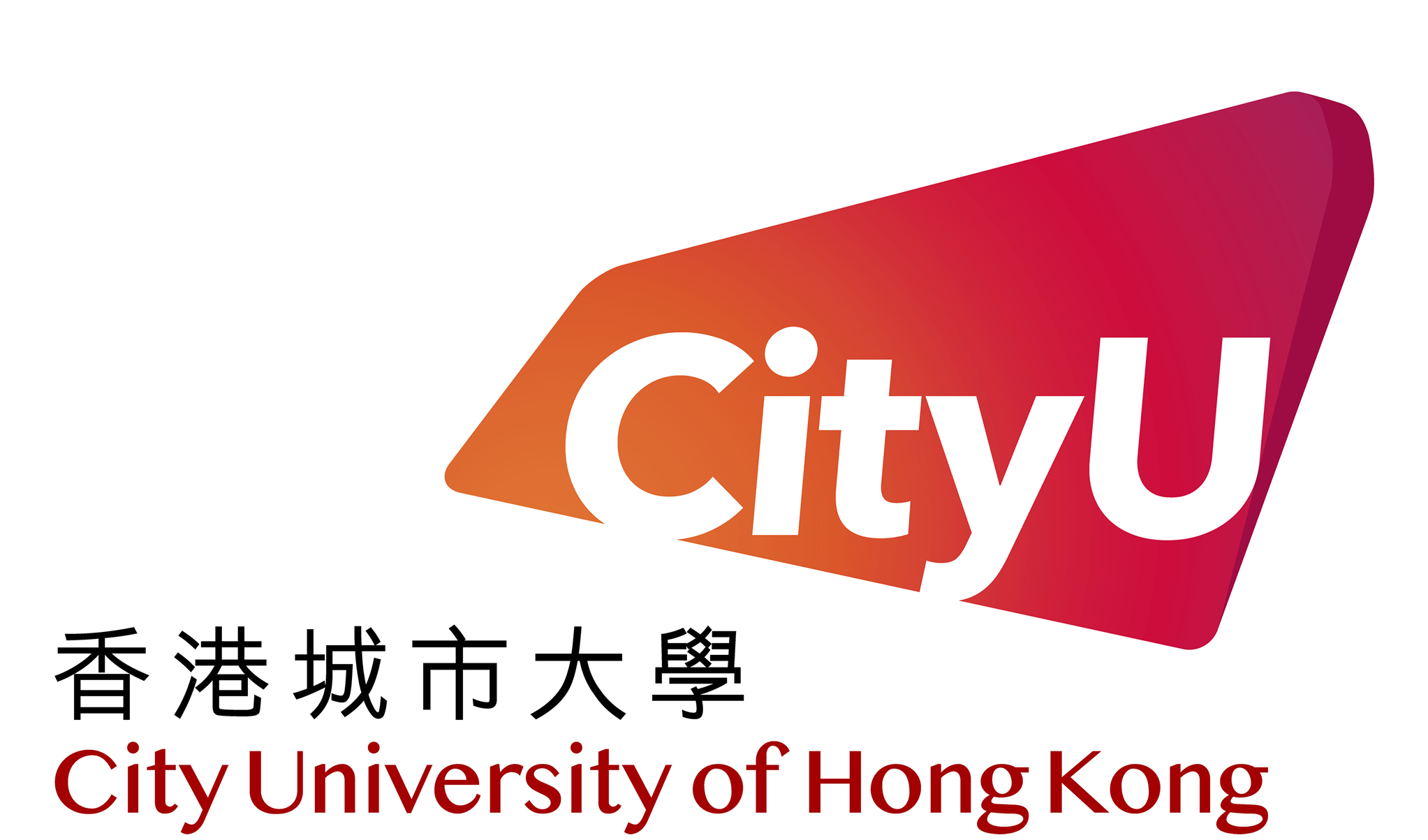HKIAS News
Alloy Design of Structural Materials from Simple Disordered to Complex Ordered Material Systems
1 December 2020
A world leader in the field of intermetallic and metallic materials, Professor Chain Tsuan Liu, University Distinguished Professor of the City University of Hong Kong (CityU), delivered an online lecture titled “Alloy Design of Structural Materials from Simple Disordered to Complex Ordered Material Systems” for the Hong Kong Institute for Advanced Study (HKIAS) at CityU on 25 November 2020. Over 400 online participants joined this virtual lecture.
Structural materials can be roughly divided into two major categories: one with disordered atomic structures and the other with ordered atomic structures (intermetallic materials). In this talk, Professor Chain Tsuan Liu, a Senior Fellow at HKIAS, discussed alloy design of structural materials from simple disordered to complex ordered material systems.
Structural materials with disordered atomic structures generally show good strength and ductility at ambient and low temperatures; however, they usually lack sufficient strengths at elevated temperatures. On the other hand, ordered intermetallic materials have attractive strengths at elevated temperatures, but they generally suffer from ductility losses at ambient and low temperatures.
Professor Liu and his research team have discovered a new approach to resolving this issue. He said studies revealed that most brittleness problems for intermetallic alloys could be resolved by activating slip systems or enhancing grain-boundary cohesive strengths by selected alloy dopants.
He believed that the latest research has led to new structural materials based on ordered intermetallic materials for high-temperature structural applications in a range of engineering fields, such as aerospace, automotive, gas turbine engine, and many other industries.
Professor Liu’s expertise lies in a range of engineering fields such as physical metallurgy and mechanical behaviour of metals, alloys, nanostructure materials, intermetallic compounds, and bulk amorphous alloys, among others. He has done pioneer work on mechanistically understanding the brittle fracture in intermetallic alloys and intergranular fracture in noble refractory alloys, correlation of atomic structures of bulk metallic glasses (BMGs) with their unique mechanical properties, and hardening of ferritic steels with various nanoparticles.
Professor Liu is a member of the National Academy of Engineering, USA, a foreign member of the Chinese Academy of Engineering, and an academician of Academia Sinica Taiwan. He has published more than 500 journal papers and been granted 29 US patents. In 1995, ISI had identified him as one of the top five highly cited authors in the materials field.
He has received numerous honours and awards, including Acta Metallurgica Gold Medal Award, the E.O. Lawrence Award (a US President award) from USDOE, Brown Engineering Alumni Award from Brown University, the first Henry J. Albert Award from IPMI, Fellow Awards from five professional societies – Japan Institute of Metals, the World Technology Network, TMS, ASM, and IPMI, four I•R 100 Competition Awards from Industrial Magazine USA.
This lecture is supported in part by the Kwang Hua Educational Foundation.
[ Back ]







